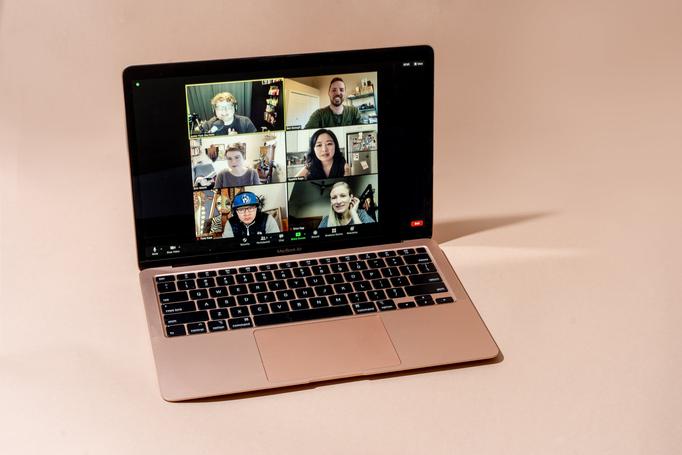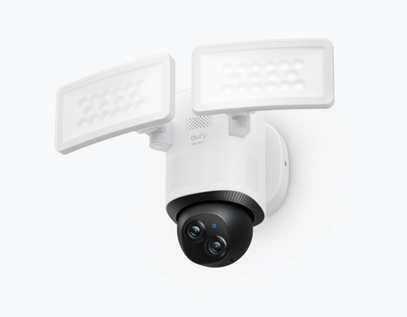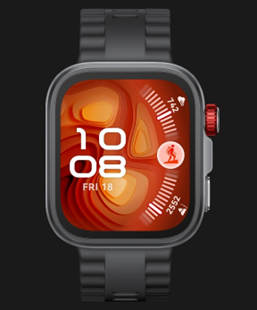The keyboard on my new laptop has dancing LED lights. It's a bit distracting on a machine I use solely for business, but I wanted one that would give me a flawless performance when I join or record video meetings and calls. You'd think PC manufacturers would cater for the pandemic-fueled surge in business demand this past year for video conferencing, but they don't. No one in the PC industry seems to have noticed that we all now spend our days working from home in meetings over Zoom, Teams, Meet, WebEx, BlueJeans and the rest. That's why I have ended up with a gaming laptop that has disco lighting on its keyboard.
The simple answer for anyone looking for the best laptop for video conferencing is just to buy a Mac, or even get an iPad specially for video calling. Apple has always done a great job of catering for creative professionals and its MacBook laptops have high-end graphics performance built in as standard. But having grown up with Windows PCs I'm not ready to become a Mac fanboi just yet. Also, I'm stubborn. If someone tells me I can't have something, my usual reaction is to dig my heels in and ask why not? Why isn't it just as easy to find a Windows laptop that's great for video meetings? How difficult can it be?
Get the best spec you can afford
Let's start with the spec. What should you look for when shopping for a Windows laptop that will help you shine on video? Let me warn you, this is not going to be cheap. Excluding tax — this is for business, remember — I ended up paying a little over £1,800 ($2,500) and that was at the low end of what I was expecting to spend. You can easily spend 50% more and as much as double or triple if you decide to go really high-end. There are no bargains to be had in this market, since the current boom in Bitcoin and other cryptocurrencies means that we video performers are competing with crypto miners for the high-end graphics processors that power both activities. High demand has sent prices through the roof as chip shortages bite.

But it's worth getting the best spec you can afford now because the raw machine power required to look good on video is only going higher. Even something as standard as blurring out your background or adding a virtual backdrop uses extra processing power. I've started using a great add-on called mmhmm — currently still in beta on Windows — which allows me to add a presentation, a screenshare or even a video as part of my background. That adds even more processing load. As I move my hand around to point to items on the screenshare behind me, I don't want my hand to blur, but that requires a higher frame rate, which — you guessed it — puts even more strain on the PC's processors. If I want to view or transmit in HD or 4k video, that's even more demanding. At the same time, I often record meetings, or run simultaneous transcription. Again, you want enough power left over for those processes to run in background — and without the cooling fans going into overdrive, drowning out your voice. On top of all this, I'm sure it won't be long before virtual and mixed reality meetings become a thing, and then the machine will have to process all of this in 3D. In short, you've got to invest in a laptop with plenty of oomph to spare.
With that in mind, here's the list of requirements I drew up, along with some notes of explanation and a bit of a moan about how hard the PC industry makes it for occasional buyers to understand their product ranges:
Having digested all of this and looked at what was available in the market, I settled on MSI as my manufacturer of choice. This Taiwanese PC maker specializes in gaming, content creation and high-end professional workstations — although disappointingly, it has nothing in its business and productivity range that targets the video conferencing user. Overall though it seemed to offer the best selection, if only I could understand its model range. Here's another manufacturer whose naming convention is so arcane it has to write articles explaining it. Eventually I figured out that what I needed was the GS75 Stealth and I placed my order.
My take
I'm very satisfied with the outcome. In place of the built-in webcam, I am using an external camera — a high-spec Canon camcorder passed on to me by a former colleague (thanks Den!), which plugs into the Thunderbolt port via an Elgato CamLink. Whereas my old laptop wasn't even powerful enough to support virtual backgrounds, this new machine handles everything I throw at it and has allowed me to start trying out some very useful techniques. I've particularly enjoyed using mmhmm to add a screenshare to my background when discussing the contents of web pages in meetings. I'm sure there's much more I'll discover as I continue to try out new things.
But why oh why did the PC industry have to make it so hard for me to arrive at this selection? It's been a year now, doesn't anyone out there realize that video conferencing and streaming is now a business PC category of its own? There should be models that are designed to be a no-brainer first choice for use with Zoom, Teams and the rest — complete with a high-spec webcam, high-end graphics card, FHD screen, Ethernet port and Thunderbolt, but no need to overdo the RAM and disk spec, and dimmable, non-dancing keyboard LEDs, please. I'm a Windows diehard but think of all those people out there being driven into the arms of Apple by an industry that's stopped thinking on its feet. Let's hope someone wakes up before they completely miss the boat.




